Bladder Cancer: Diagnosis & Treatment
Your doctor may prescribe more tests after verifying that you have bladder cancer. This is to see if the disease has spread to your lymph nodes or other parts of your body. He may then suggest options for your bladder cancer treatment.

Examples of tests include:
- CT scan
- Imaging using magnetic resonance (MRI)
- Tomography using positrons (PET)
- Scan of bones
- X-ray of the chest
Your doctor will assign a stage to your cancer. This is based on the results of these procedures. Bladder cancer stages are designated by Roman numerals. these range from 0 to IV. The first stages imply a malignancy that has only spread to the bladder’s inner layers. This hasn’t spread to the muscular bladder wall. Stage IV cancer refers to cancer that has progressed to lymph nodes. It could also include organs in other parts of the body.
The following are the most frequent forms of bladder cancer therapies. Take the time to learn about all of your treatment choices. Don’t be afraid to ask questions. Especially, if you have any concerns. Also, discuss the aims of each therapy with your doctor. In addition, ask what to expect during treatment. “Shared decision making” is the term for these discussions. So you and your doctors work together to identify treatments. When you find one that matches your care objectives, this is known as shared decision making. Because there are several treatment choices for bladder cancer, shared decision making is very crucial. Find out more about selecting treatment choices.
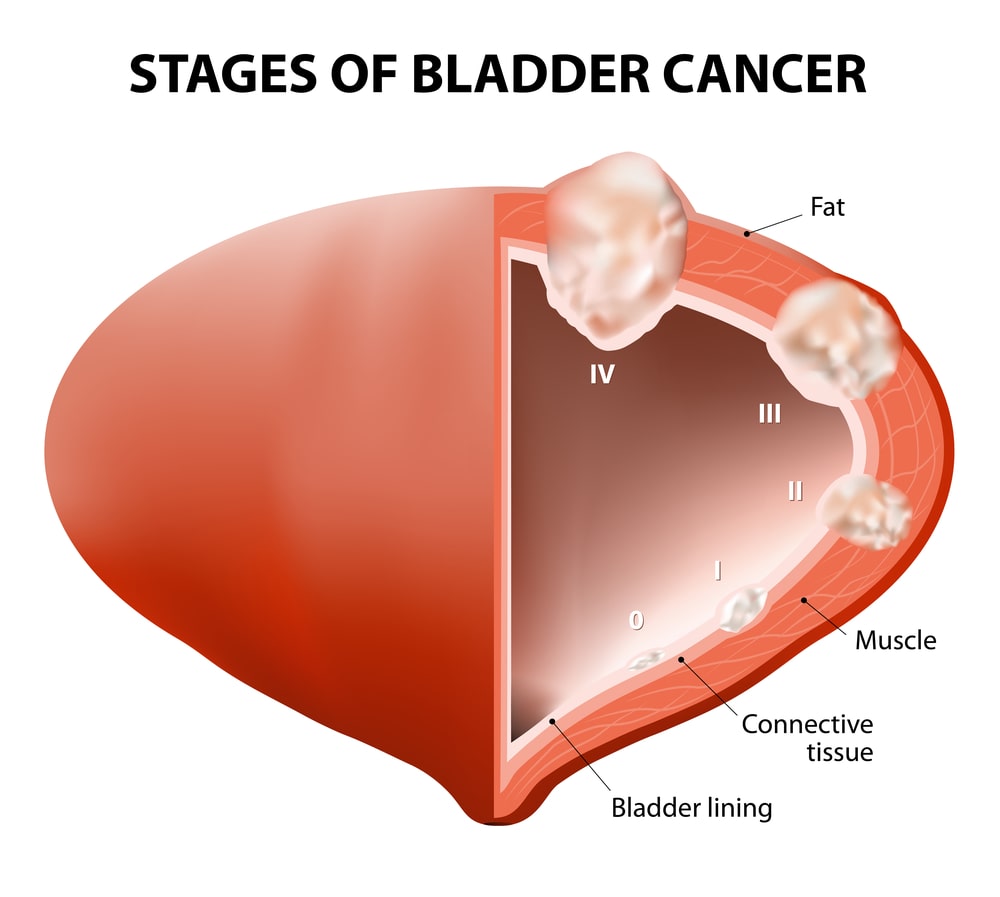
Surgery:
During an operation, the tumour and surrounding healthy tissues are removed. Surgery for bladder cancer can take several forms. Based on the stage and grade of the condition, your medical experts will propose a specific procedure.
Transurethral bladder tumor resection (TURBT):
This process is to diagnose, stage, and treat cancers. A surgeon puts a cystoscope into the bladder through the urethra during TURBT. The tumor is removed with a tool. The tool has a thin wire loop, a laser, or fulguration (high-energy electricity). Before the procedure, the patient receives an anaesthetic. This is a pain-blocking medicine.
Radical cystectomy and lymph node dissection:
During a radical cystectomy, the whole bladder, as well as adjacent tissues and organs, are removed. In males, the prostate is routinely removed. In females, the portion of the urethra in removed. Also including the uterus, fallopian tubes, ovaries, and a portion of the vaginal canal are removed. Lymph nodes in the pelvis are excised in all patients. A pelvic lymph node dissection is the medical term for this. The most accurate technique to discover cancer that has progressed to the lymph nodes is to do an extensive pelvic lymph node dissection. In rare, extremely particular circumstances, partial cystectomy (removal of only portion of the bladder) may be necessary. For those with muscle-invasive illness, however, this operation is not the standard of therapy.
Urinary diversion:
If the bladder is removed, the doctor will devise a new route for the patient to pass pee. One method is to channel urine to a stoma or ostomy (an orifice) on the outside of the body using a portion of the small intestine or colon. To collect and drain urine, the patient must wear a bag linked to the stoma. A urinary reservoir, is a storage pouch that resides inside the body. This can occasionally be created using portions of the small or large intestine. The patient does not require a urinary bag for these treatments.
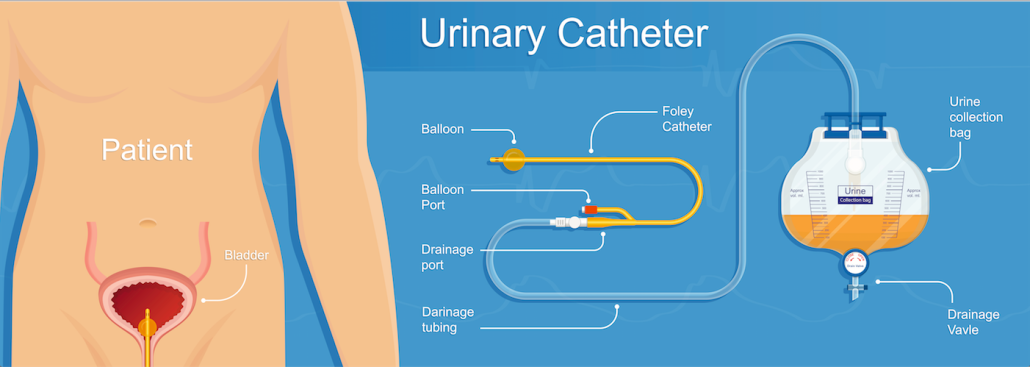
Chemotherapy:
In chemotherapy, drugs kill cancer cells. This treatment for bladder cancer usually involves two or more chemotherapy drugs used in combination.
Radiation therapy:
To kill cancer cells, radiation treatment employs high energy beams like X-rays and protons. A machine administers radiation therapy. This machine travels about your body, sending radiation beams to specific locations. In certain cases, surgery isn’t an option or isn’t wanted. As a result, radiation treatment is coupled with chemotherapy.
Immunotherapy:
Immunotherapy is a drug treatment that helps your immune system to fight cancer.
Targeted therapy:
Drugs used in targeted treatment target specific flaws in cancer cells. Tailored medication therapies kill cancer cells. These therapies target these flaws. It’s possible that your cancer cells may be analysed. This is to discover if targeted therapy would be effective. When previous therapies have failed, targeted therapy may be an option. This is for treating advanced bladder cancer.

Sometime, medicines have failed to control the cancer for some people. As a result, it may be appropriate to assess advantages and dangers of continuing treatments. There are still things you can do to assist preserve or enhance your quality of life, whether or not you continue therapy.
Some patients, like those with advanced disease, may not wish to be treated at all. There are a variety of reasons why you might choose not to get cancer treatment, but it’s critical that you speak with your physicians before making that decision. Even if you decide not to treat the cancer, you can still get supportive treatment to alleviate pain and other symptoms.
For more information on bladder cancer click here. For guidance related to treatments, please get in touch with us at Travocure or send in your medical reports at care@travocure.com.
Cancer Recovery: Wellness Retreats , Cancer Survivor Kit & Cancer Survivor: Life After Cancer



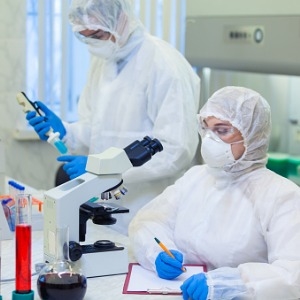
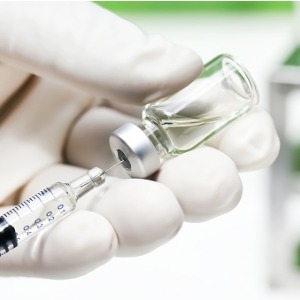


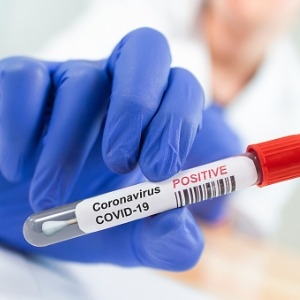








Leave a Reply
Want to join the discussion?Feel free to contribute!